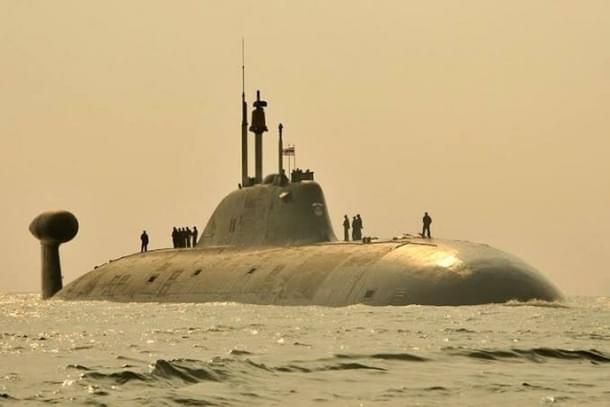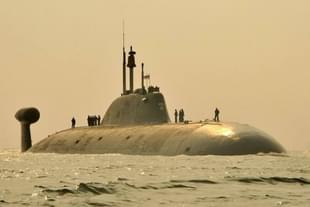Defence
Indian Navy Project To Build Two Nuclear Submarines Cleared — Here's How They Differ From Arihant-Class Boats
Swarajya Staff
Oct 09, 2024, 11:43 PM | Updated Oct 12, 2024, 11:47 PM IST
Save & read from anywhere!
Bookmark stories for easy access on any device or the Swarajya app.


The Cabinet Committee on Security, the highest authority for defense-related decisions in India, has approved the construction of two nuclear-powered attack submarines (SSNs) for the Indian Navy. These submarines will be built at the Ship Building Centre in Vishakhapatnam, with the project costing Rs 45,000 crore.
The deal had faced long delays, but the Indian Navy had been pushing for its clearance, citing the urgent need to address underwater capability gaps. In the long term, India plans to induct six such submarines as part of its broader submarine development strategy.
The submarines will be constructed as part of a separate initiative from the five nuclear submarines, or SSBNs, currently being built in the Arihant class at the same facility.
Although both SSNs and SSBNs are nuclear-powered, they serve different roles and have unique capabilities. An SSN, also known as an attack submarine, is designed for offensive operations such as hunting enemy submarines and surface vessels, gathering intelligence, supporting naval task forces, and deploying special forces.
Armed with torpedoes and sometimes cruise missiles (like the Tomahawk in the US' case), SSNs excel in tactical warfare. However, they do not carry ballistic missiles, and their weapons are typically conventional rather than nuclear.
In contrast, SSBNs are built for nuclear deterrence. Their primary role is to carry and launch ballistic missiles, usually nuclear-armed, which makes them essential for a nation's second-strike capability in a nuclear conflict.
Often referred to as "boomers," SSBNs quietly patrol large ocean areas, remaining undetected and ready to retaliate with a nuclear strike if needed.
While both types of submarines are nuclear-powered, SSNs focus on tactical missions, whereas SSBNs are strategic assets.
The government initially greenlit this SSN project in 2015, and design work commenced at the Submarine Design Centre in Gurgaon around 2017.
Since then, significant progress has been made.
To support this project, the Hyderabad-based state-owned Mishra Dhatu Nigam has been tasked with developing an indigenous special alloy for the submarines' hulls, allowing them to dive much deeper than the Arihant-class boats. Additionally, the nuclear reactors for these SSNs will be more powerful than those in the Arihant-class submarines.





